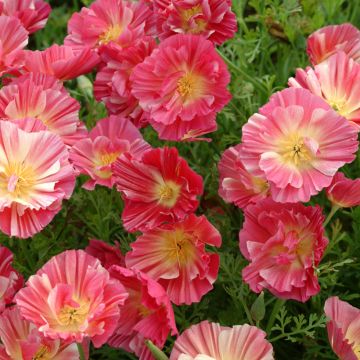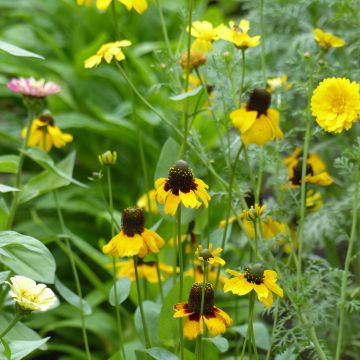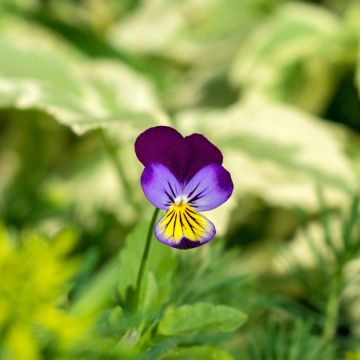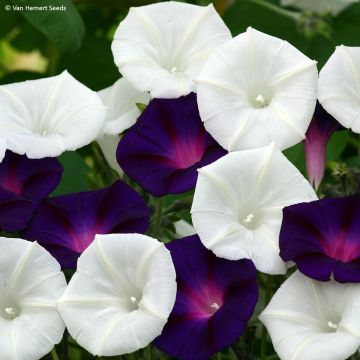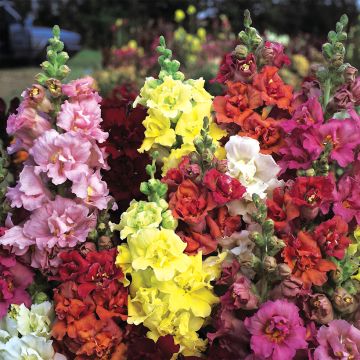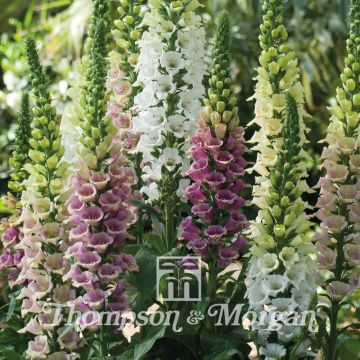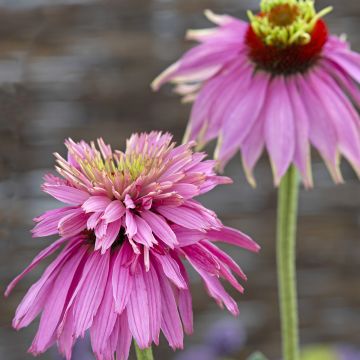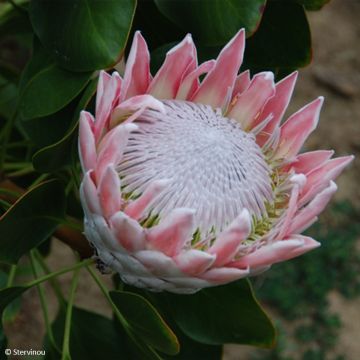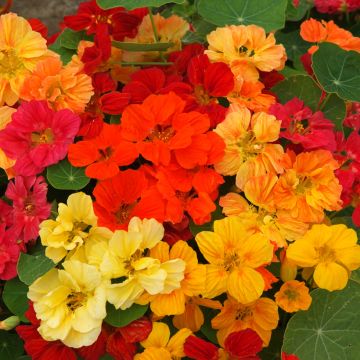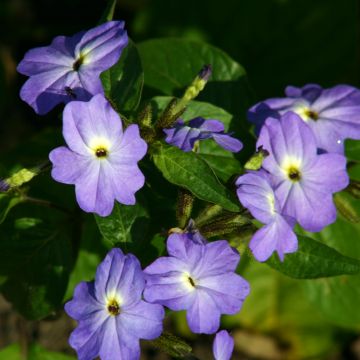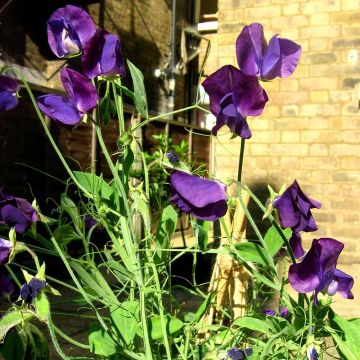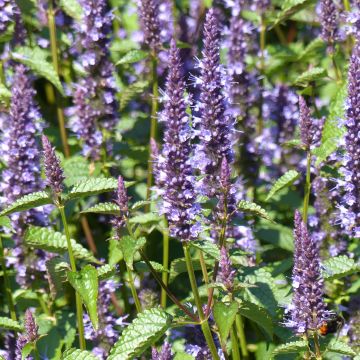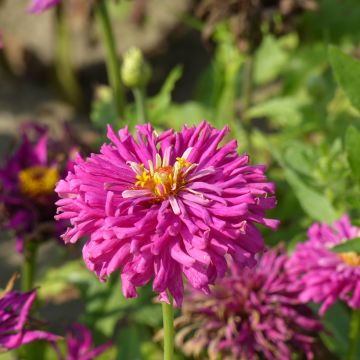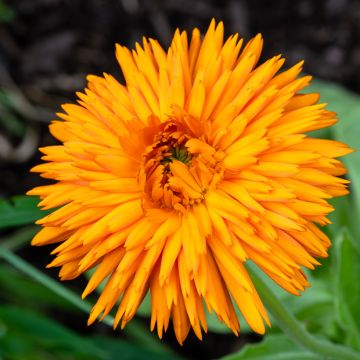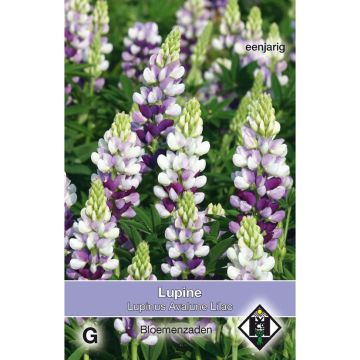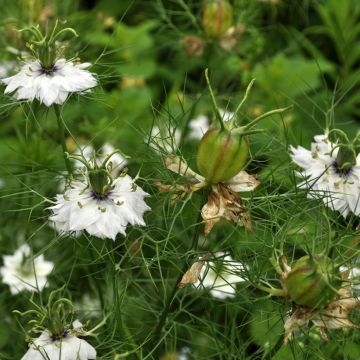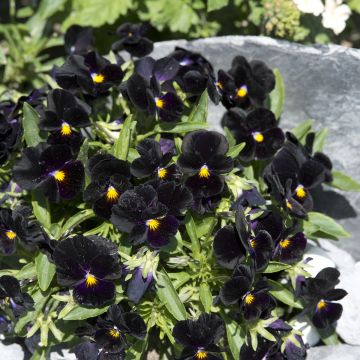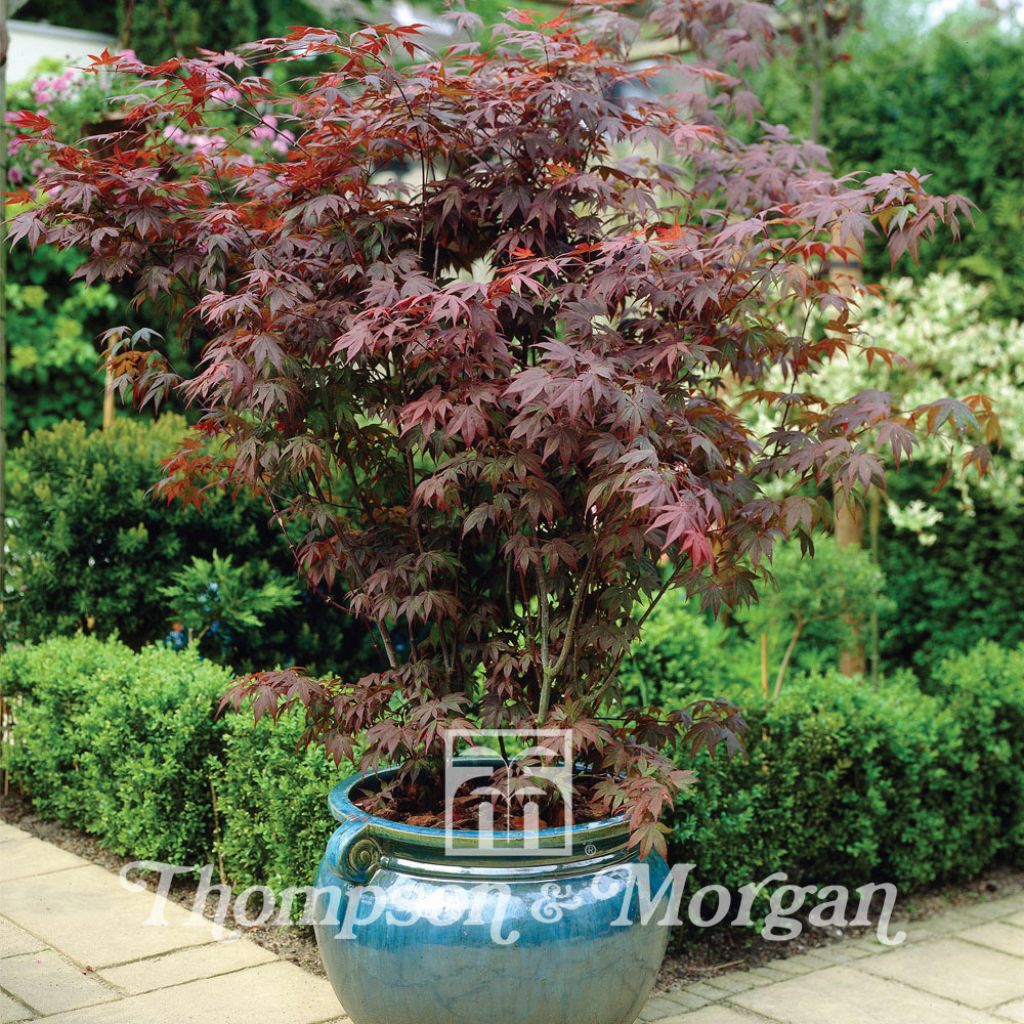

Acer palmatum - Japanese Maple
Acer palmatum - Japanese Maple
Acer palmatum
Japanese Maple
This plant carries a 6 months recovery warranty
More information
We guarantee the quality of our plants for a full growing cycle, and will replace at our expense any plant that fails to recover under normal climatic and planting conditions.
Seed-only orders are dispatched by sealed envelope. The delivery charge for seed-only orders is €3.90.
Delivery to Corse prohibited: UE law prohibits the import of this plant from mainland France to Corse as part of the fight against Xylella fastidiosa. Please accept our sincere apologies.
More information
Does this plant fit my garden?
Set up your Plantfit profile →
Description
Acer palmatum, also known as the Japanese Maple, is a deciduous small tree with a compact and rounded habit that provides light shade and beautifully filters sunlight through its foliage. Its delicate leaves blaze in autumn, taking on shades ranging from vibrant gold to the deepest blood red. Its venerable and twisted silhouette, and the unique personality that each individual tree carefully cultivates, often inspire it to be grown as a bonsai or as a standalone specimen. This species tolerates heat better than others, but it requires shade and protection from the wind. It appreciates damp, well-drained, humus-rich soils but dislikes limestone.
Originating from China and Japan, the Acer palmatum is a small tree of the Sapindaceae family. It has a compact, rounded habit and low, strong and sinuous branches. It reaches a mature height and spread of about 3 to 4 metres (10 to 13 feet), with a relatively slow growth rate. Its delicate fern-like foliage, composed of leaves divided into five to seven dentate lobes, evolves throughout the seasons and varies between individuals. It can display shades of bronze green, tender green, dark purple, golden yellow, scarlet, and vibrant orange from spring to autumn. The same branch can bear leaves with a wide range of hues, and the overall colour may change depending on the viewing angle. In winter, its branches reveal a dark, almost black bark. This species is monoecious, meaning each tree has male and female flowers in different locations. The winged fruits of the Japanese Maple are called samaras.
The venerable and gracefully habit of the Japanese Maple, along with its slow growth, make it a perfect choice for enhancing a small urban garden or the lawn of a contemporary garden. It is the quintessential tree for Oriental and Japanese-inspired settings and an ideal candidate for practicing the art of bonsai. You can pair small specimens with Japanese azaleas and ferns as they thrive in similar environments. In a more woodland setting, it is one of the best companions for rhododendrons, softening their slightly bulky appearance and perfectly showcasing their flowering. Place larger specimens in the background of heather beds. Its light shade will benefit pieris, azaleas, and rhododendrons. At its base, you can create a carpet of bluebells and corydalis, creating a magnificent scene in spring.
Report an error about the product description
Flowering
Foliage
Plant habit
Botanical data
Acer
palmatum
Sapindaceae
Japanese Maple
Southeast Asia
Other Thompson and Morgan seeds
Planting and care
Sow maple seeds at any time of the year.
In spring:
Sow the seeds in trays, pots, etc. in a special seed compost that you will place in a propagator or a warm location to maintain an optimal temperature of 18 to 20 °C. Plant the seeds at a depth of 6 mm (0in).
For the rest of the year:
After sowing, enclose the pots and trays inside a polythene bag to ensure a humid atmosphere. Maintain a temperature of 20-25 °C for 6 weeks, then place the seedlings in the refrigerator for 8 weeks. After this, gradually increase the temperature to 13°C.
Transplant the young plants when they are large enough to handle into 8 cm (3in) diameter pots. Place them under a cold frame and plant them outside in the following spring or autumn in a sheltered area of the garden. Allow them to grow for 1 to 3 years before transplanting them to their final location, in a slightly shaded area, protected from strong winds, in a damp, well-drained, limestone-free soil.
Sowing period
Intended location
This item has not been reviewed yet - be the first to leave a review about it.
Flower seeds
Haven't found what you were looking for?
Hardiness is the lowest winter temperature a plant can endure without suffering serious damage or even dying. However, hardiness is affected by location (a sheltered area, such as a patio), protection (winter cover) and soil type (hardiness is improved by well-drained soil).

Photo Sharing Terms & Conditions
In order to encourage gardeners to interact and share their experiences, Promesse de fleurs offers various media enabling content to be uploaded onto its Site - in particular via the ‘Photo sharing’ module.
The User agrees to refrain from:
- Posting any content that is illegal, prejudicial, insulting, racist, inciteful to hatred, revisionist, contrary to public decency, that infringes on privacy or on the privacy rights of third parties, in particular the publicity rights of persons and goods, intellectual property rights, or the right to privacy.
- Submitting content on behalf of a third party;
- Impersonate the identity of a third party and/or publish any personal information about a third party;
In general, the User undertakes to refrain from any unethical behaviour.
All Content (in particular text, comments, files, images, photos, videos, creative works, etc.), which may be subject to property or intellectual property rights, image or other private rights, shall remain the property of the User, subject to the limited rights granted by the terms of the licence granted by Promesse de fleurs as stated below. Users are at liberty to publish or not to publish such Content on the Site, notably via the ‘Photo Sharing’ facility, and accept that this Content shall be made public and freely accessible, notably on the Internet.
Users further acknowledge, undertake to have ,and guarantee that they hold all necessary rights and permissions to publish such material on the Site, in particular with regard to the legislation in force pertaining to any privacy, property, intellectual property, image, or contractual rights, or rights of any other nature. By publishing such Content on the Site, Users acknowledge accepting full liability as publishers of the Content within the meaning of the law, and grant Promesse de fleurs, free of charge, an inclusive, worldwide licence for the said Content for the entire duration of its publication, including all reproduction, representation, up/downloading, displaying, performing, transmission, and storage rights.
Users also grant permission for their name to be linked to the Content and accept that this link may not always be made available.
By engaging in posting material, Users consent to their Content becoming automatically accessible on the Internet, in particular on other sites and/or blogs and/or web pages of the Promesse de fleurs site, including in particular social pages and the Promesse de fleurs catalogue.
Users may secure the removal of entrusted content free of charge by issuing a simple request via our contact form.
The flowering period indicated on our website applies to countries and regions located in USDA zone 8 (France, the United Kingdom, Ireland, the Netherlands, etc.)
It will vary according to where you live:
- In zones 9 to 10 (Italy, Spain, Greece, etc.), flowering will occur about 2 to 4 weeks earlier.
- In zones 6 to 7 (Germany, Poland, Slovenia, and lower mountainous regions), flowering will be delayed by 2 to 3 weeks.
- In zone 5 (Central Europe, Scandinavia), blooming will be delayed by 3 to 5 weeks.
In temperate climates, pruning of spring-flowering shrubs (forsythia, spireas, etc.) should be done just after flowering.
Pruning of summer-flowering shrubs (Indian Lilac, Perovskia, etc.) can be done in winter or spring.
In cold regions as well as with frost-sensitive plants, avoid pruning too early when severe frosts may still occur.
The planting period indicated on our website applies to countries and regions located in USDA zone 8 (France, United Kingdom, Ireland, Netherlands).
It will vary according to where you live:
- In Mediterranean zones (Marseille, Madrid, Milan, etc.), autumn and winter are the best planting periods.
- In continental zones (Strasbourg, Munich, Vienna, etc.), delay planting by 2 to 3 weeks in spring and bring it forward by 2 to 4 weeks in autumn.
- In mountainous regions (the Alps, Pyrenees, Carpathians, etc.), it is best to plant in late spring (May-June) or late summer (August-September).
The harvesting period indicated on our website applies to countries and regions in USDA zone 8 (France, England, Ireland, the Netherlands).
In colder areas (Scandinavia, Poland, Austria...) fruit and vegetable harvests are likely to be delayed by 3-4 weeks.
In warmer areas (Italy, Spain, Greece, etc.), harvesting will probably take place earlier, depending on weather conditions.
The sowing periods indicated on our website apply to countries and regions within USDA Zone 8 (France, UK, Ireland, Netherlands).
In colder areas (Scandinavia, Poland, Austria...), delay any outdoor sowing by 3-4 weeks, or sow under glass.
In warmer climes (Italy, Spain, Greece, etc.), bring outdoor sowing forward by a few weeks.

































